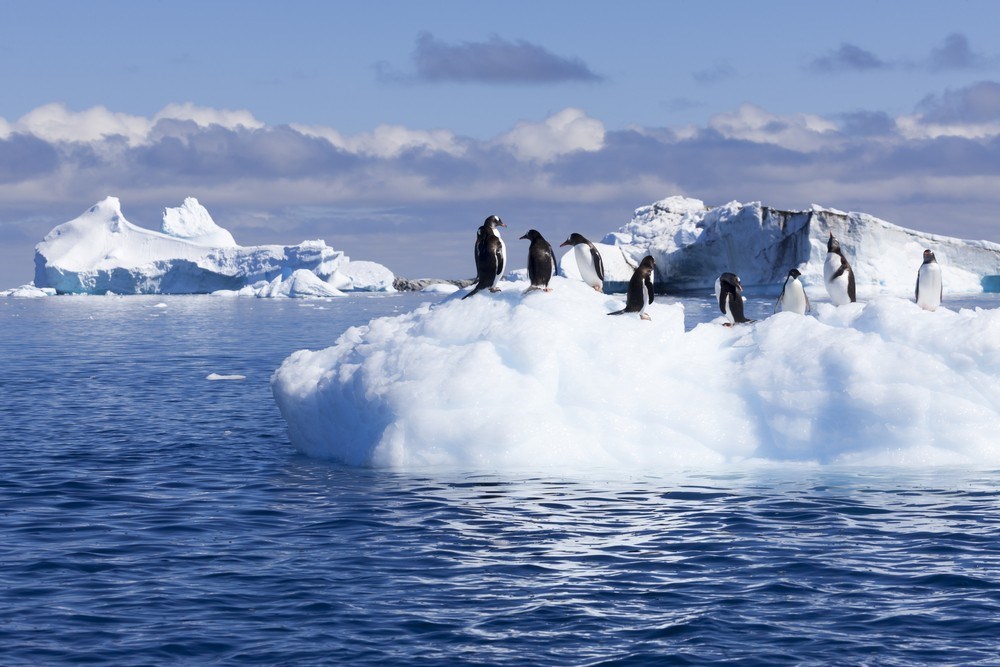Microplastics found in fresh Antarctic snow
In a shocking discovery, scientists find microplastics in freshly fallen Antarctic snow.
-

Researchers discovered 29 particles per liter of melted Antarctic snow on average.
Microplastics have been discovered for the first time in freshly fallen Antarctic snow by scientists.
Researchers from New Zealand's University of Canterbury collected samples from 19 locations in Antarctica, each of which included small plastic particles.
Microplastics, which are smaller than a grain of rice and sometimes imperceptible to the human eye, are formed by the erosion of plastic materials. The researchers discovered 29 particles per liter of melted snow on average.
They discovered 13 new forms of plastics, with polyethylene terephthalate (PET) being the most popular. PET is commonly used in soft drink bottles and apparel. This was discovered in 79% of the samples.
Where did they come from?
"The most likely source of these airborne microplastics is local scientific research stations," researcher Alex Aves wrote in the Cryosphere journal. "However, modelling shows their origin could have been up to 6,000km (3,700 miles) away."
Microplastic contamination had previously been discovered in Antarctic sea ice and surface water, but this is the first time it has been seen in fresh snow.
Read next: The ugly face of plastic production
Microplastics are spiraling throughout the globe, according to a large study published in the Proceedings of the National Academy of Sciences last year. Microplastics are commonly transported by dust, wind, and ocean currents.
Researchers discovered microplastics at the summit of Mount Everest in 2020. They've also been discovered in the deepest parts of the ocean.
Why is the new find worrying?
This form of pollution can have both local and wider effects.
"Microplastics can have harmful substances stuck onto their surfaces such as heavy metals, algae," says Laura Revell, associate professor at Canterbury University, who was also involved in the research.
Microplastics are also inhaled and ingested by humans through the air, water, and food, according to experts.
Read next: Nowhere is clean: Study finds plastic in supposedly 'clean' air
Little research has been done on their impacts on human health, a study published last year by Hull York Medical School and the University of Hull discovered that high amounts of ingested microplastics in the human body might induce detrimental consequences such as cell death and allergic reactions.
Clean snowpacks, icefields, and glaciers may reflect a lot of sunlight, but other polluting particles like black carbon have been identified on Himalayan icefields and glaciers, and experts believe they speed up melting.
Also, fast-melting glaciers on mountain ranges around the world are becoming increasingly dangerous, producing landslides and avalanches, as well as causing glacial lakes to burst their banks.
Glacier retreat and thinning pose a hazard to water resources and agriculture in mountainous areas around the world.

 3 Min Read
3 Min Read








